Leading market players are investing heavily in research and development in order to expand their product lines, which will help the FinFET Technology Market grow even more. Market players are also undertaking a variety of strategic activities to expand their global footprint, with important market developments including new product launches, contractual agreements, mergers and acquisitions, higher investments, and collaboration with other organizations. To expand and survive in a more competitive and rising market climate, the FinFET Technology industry must offer cost-effective items.
Manufacturing locally to minimize operational costs is one of the key business tactics used by manufacturers in the global FinFET Technology industry to benefit clients and increase the market sector. In recent years, the FinFET Technology industry has offered some of the most significant advantages to various industry sectors.
Major players in the FinFET Technology Market, including MediaTek Inc, Xilinx Inc., Samsung Electronics Corporation Ltd, United Microelectronics Corporation, Broadcom Inc., Huawei Technologies Co Ltd, Intel Corporation, Taiwan Semiconductor Manufacturing Co Ltd, Qualcomm Technologies Inc., Advanced Micro Devices Inc., and others, are trying to increase market demand by investing in research and development operations.
Xilinx Inc is a subsidiary of Advanced Micro Devices Inc that designs, manufactures, and markets programmable devices and technologies for the semiconductor industries. The company provides programmable logic devices, targeted reference designs, software design tools, printed circuit boards, and intellectual property (IP). The company offers a broad range of markets, including aerospace and defense, communications, broadcasting, audio and video, consumer, industrial, medical, test and measurement, and automotive. In April 2019, the acquisition of Solarflare Communications Inc was announced by Xilinx Inc. Solarflare is a prominent market player in latency and high-performance networking systems for customers connecting FinTech to cloud computing.
This acquisition will help Xilinx to associate its FPGA and SoC solutions with the extremely low latency network interface of card technology of Solarflare to develop innovative network interfaces and solutions.
MediaTek Inc., founded in the year 1997, is a fabless semiconductor company providing system-on-chip solutions for wireless communications. The company is a leading fabless semiconductor company for digital multimedia solutions and wireless communications. It is a market leader and excellent in cutting-edge SOC system solutions for wireless communications, optical storage, high-definition TV, Blu-ray, and DVD products. In April 2018, a new-fangled 56G SerDes IP chip provided with silicon-proven 7nm FinFET method technology was launched by MediaTek Inc. It is a high-performance DSP-built system with PAM4 monitoring.
It regulates best-in-class energy efficiency and performance; by developing 16nm and 7nm silicon-proven IP, it can integrate effortlessly into innovative product developments.
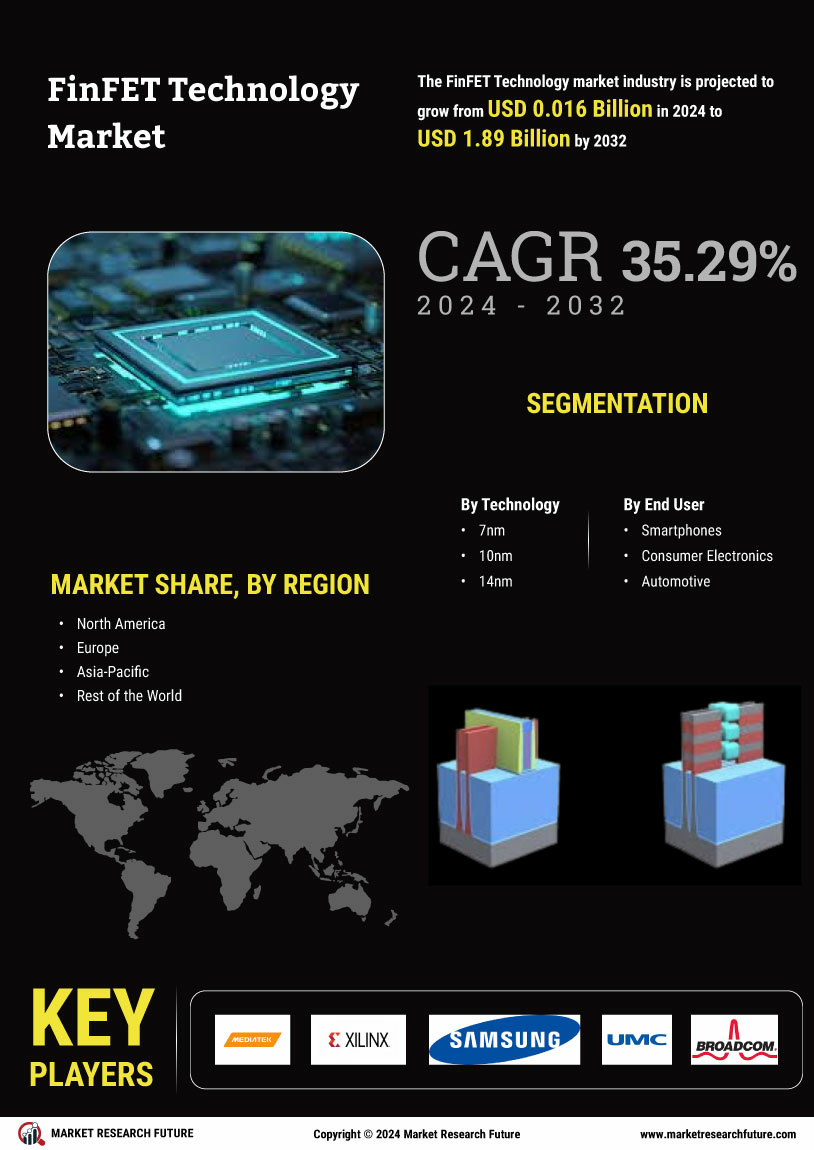
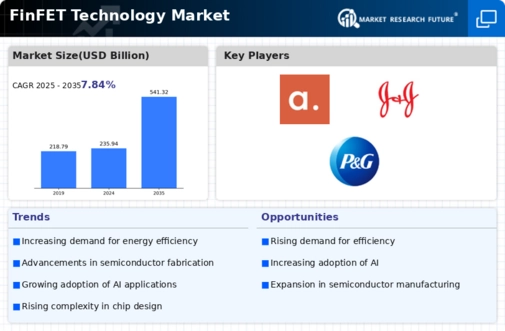
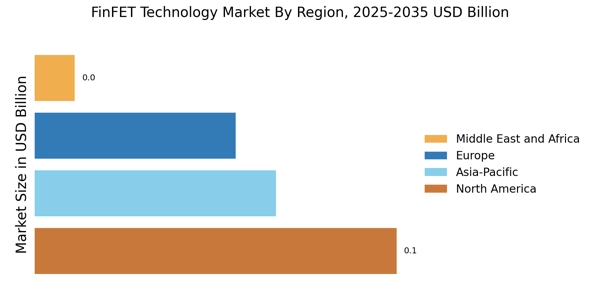

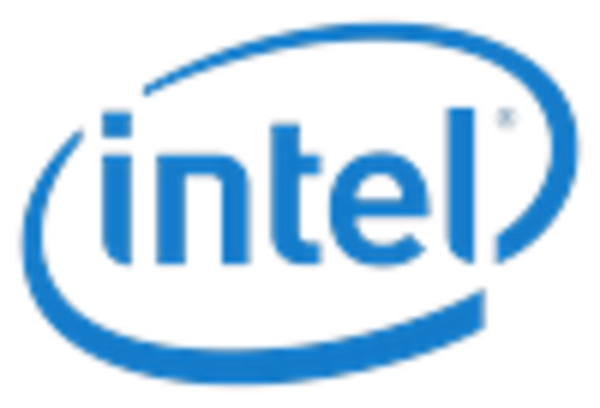

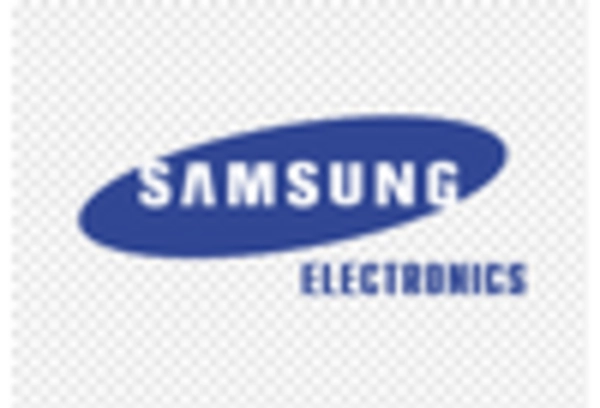









Leave a Comment